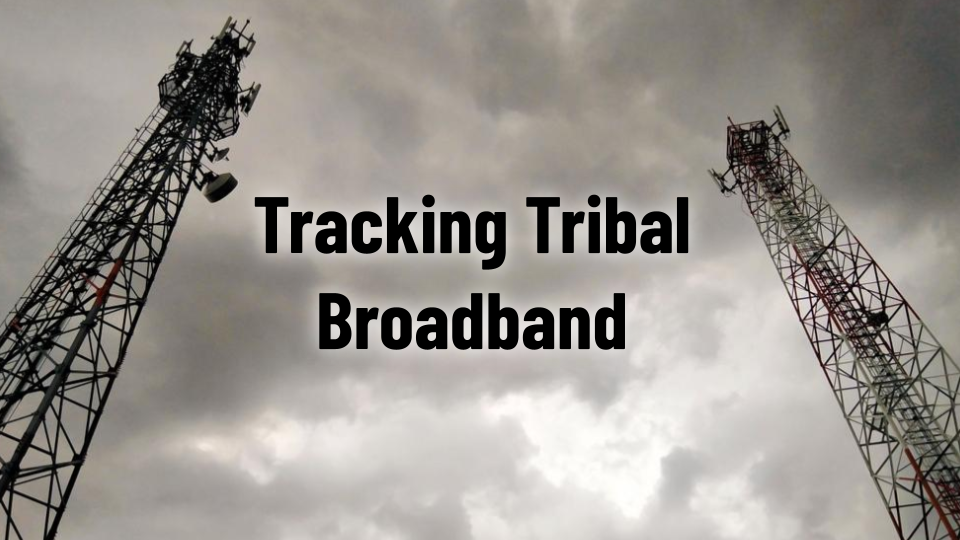
- Details
- By Chez Oxendine
- Economic Development
Southern Ute Tribe
Location: Ignacio, Colo.
Award Amount: $43,704,180.59
The Southern Ute Indian Tribe will utilize an “open-access” model on 167 miles of new fiber coming to their reservation through a partnership with Denver, Colo.-based broadband developer and consultant Bonfire Infrastructure Group.
That model will leave the tribe with both control over its new fiber infrastructure and revenue from leasing the infrastructure to service providers hoping to reach new customers using relatively low capital investments, says Bonfire CEO and co-founder Brian Hollister.
Open-access will keep the infrastructure — and associated maintenance and long-term development — “sustainable,” Hollister told Tribal Business News.
“When you build these networks, you have to answer several questions for yourself: Who's going to operate this? Should we do it?” Hollister said. “This is a generational asset - it might be smart to step it along, work with someone who does this every single day. You could still own the infrastructure and partner with vetted ISPs who want to come in and compete for new customers. They’re going to leverage internal resources they’ve already built, like their customer service teams and their expertise. That’s good for you, that’s good for the ISP, and that’s good for the end user.”
The project has entered its second phase courtesy of roughly $44 million in funding through the National Telecommunications and Information Administration’s Tribal Broadband Connectivity Program. The first phase, also developed in conjunction with Bonfire and covered by an undisclosed amount in state funding, began in 2021 and recently concluded after installing a “backbone” fiber network on the Southern Ute’s 1,025 square mile reservation.
Phase two will handle branching the fiber off of that backbone to eventual end users, beginning in the Ute Reservation town of Ignacio, where the greatest density of tribal members live, Hollister said. The tribe expects the project to take roughly four years of construction.
Some of the aforementioned partnerships are already underway, with multiple ISPs on board to lease new fiber from the Southern Ute once the wires are live. No matter how many partnerships come to fruition, however, the Southern Ute will have final say over who’s on their network, Hollister said.
“Some of the ISPs want to just ride the network, some ISPs are asking ‘can you upgrade my cell sites, my wireless towers with fiber?’ or saying, ‘I just want to wholesale so you can help me get fiber to my tower, so I can deliver better wireless,’” Hollister said. “But the tribe will create a leased model, and then they'll have to compete among themselves. The providers are leasing access from the tribe, and at the end of the tribe will always be the owner.”
The open-access model, and the Southern Ute’s control of it, will also encourage competition among multiple providers, Hollister said, rather than leaving large swathes of customers with only one option. Through competition, customers should receive a better end-user experience as providers vie to make their product the most reliable and attractive.
“That creates innovation,” Hollister said. “You can't separate yourselves by price, you've got to have some other schtick. In this way, the tribe creates a revenue for themselves that I believe is one of the lowest risk models, and they don't have to stand up an ISP with no competition.”
The end result will be a more connected reservation than the current setup, which has left many residents either unserved entirely or dealing with peak speeds of around 10 megabits per second download - less than half of Federal Communications Commission’s definition of service, which includes 25 megabits per second download speeds.
“What we're doing with this network is we're creating lots of connectivity all over the place,” Hollister said. “This is going to be very powerful for the tribe and the consumer.”
